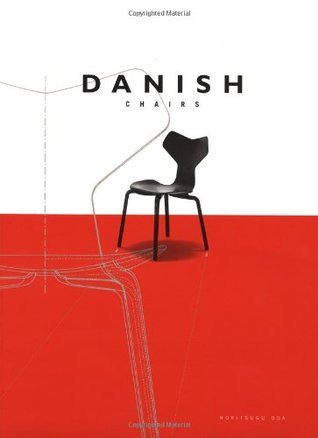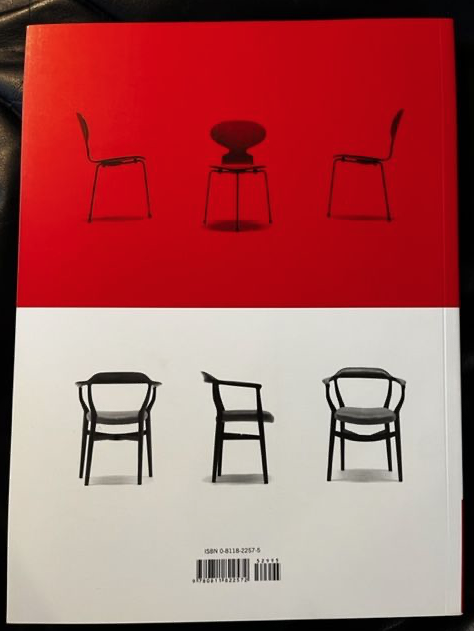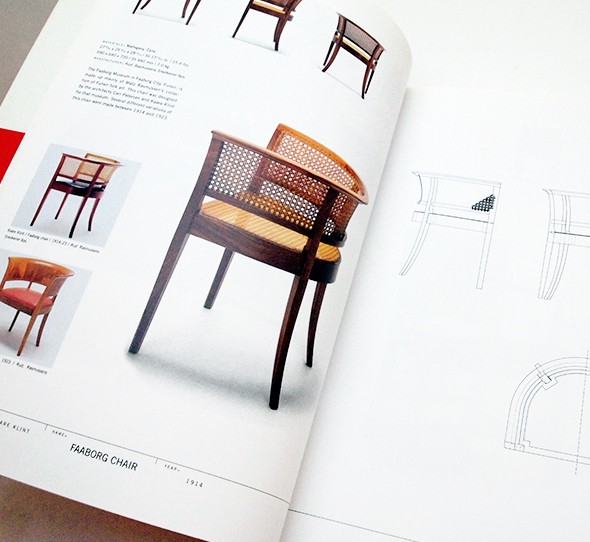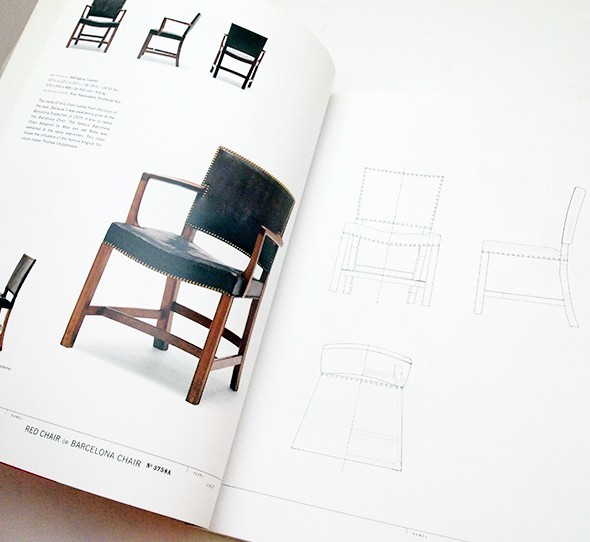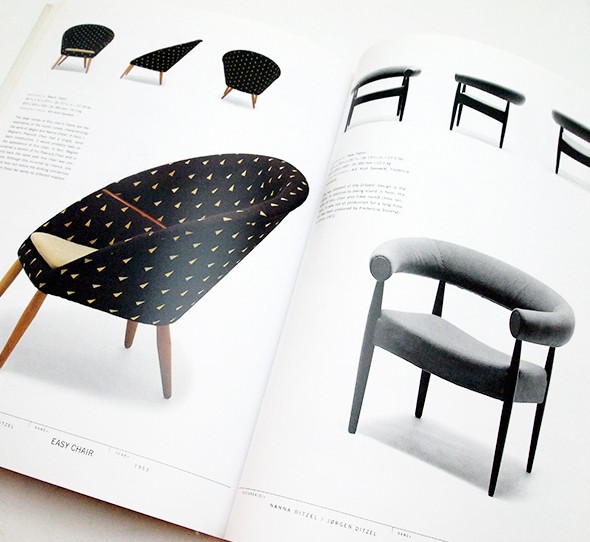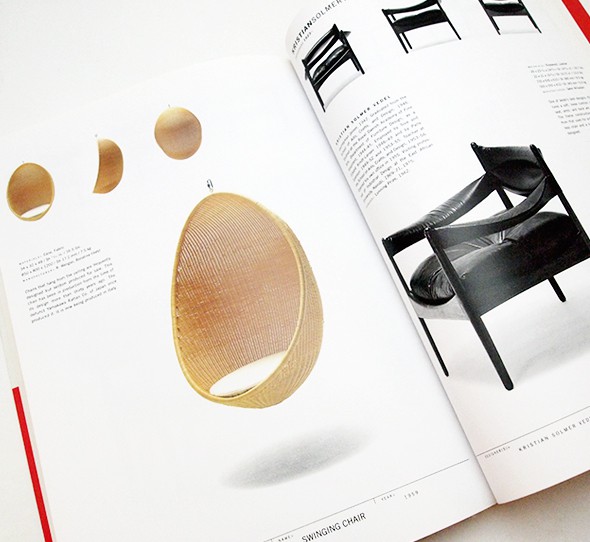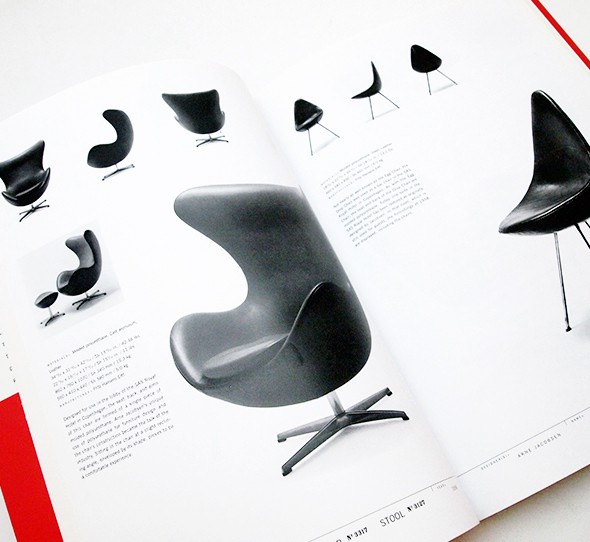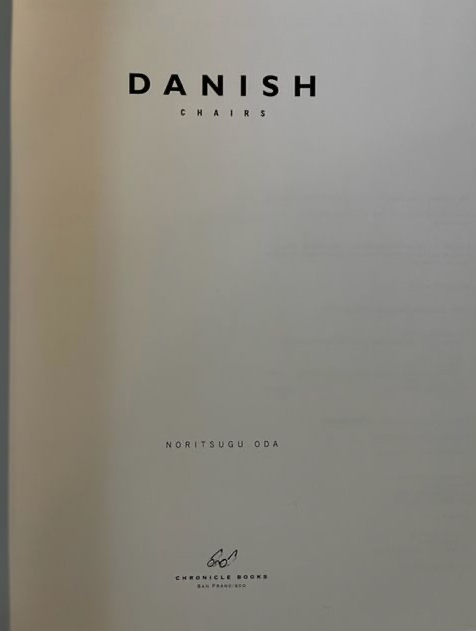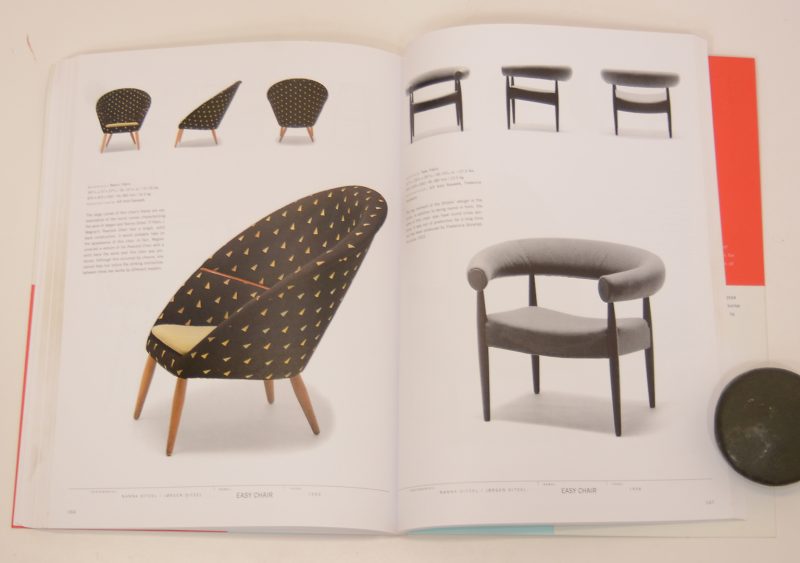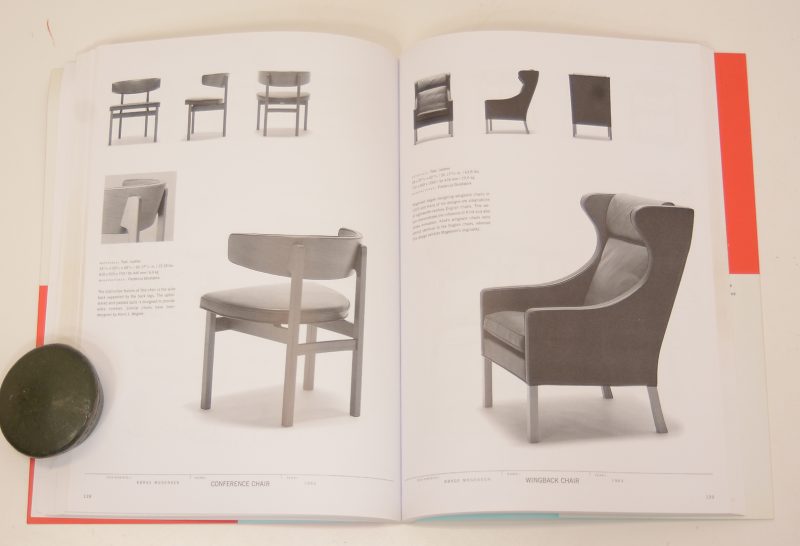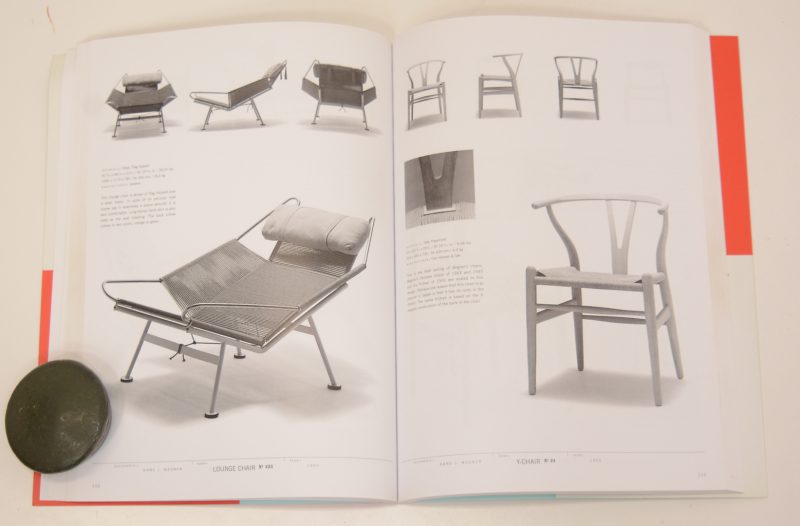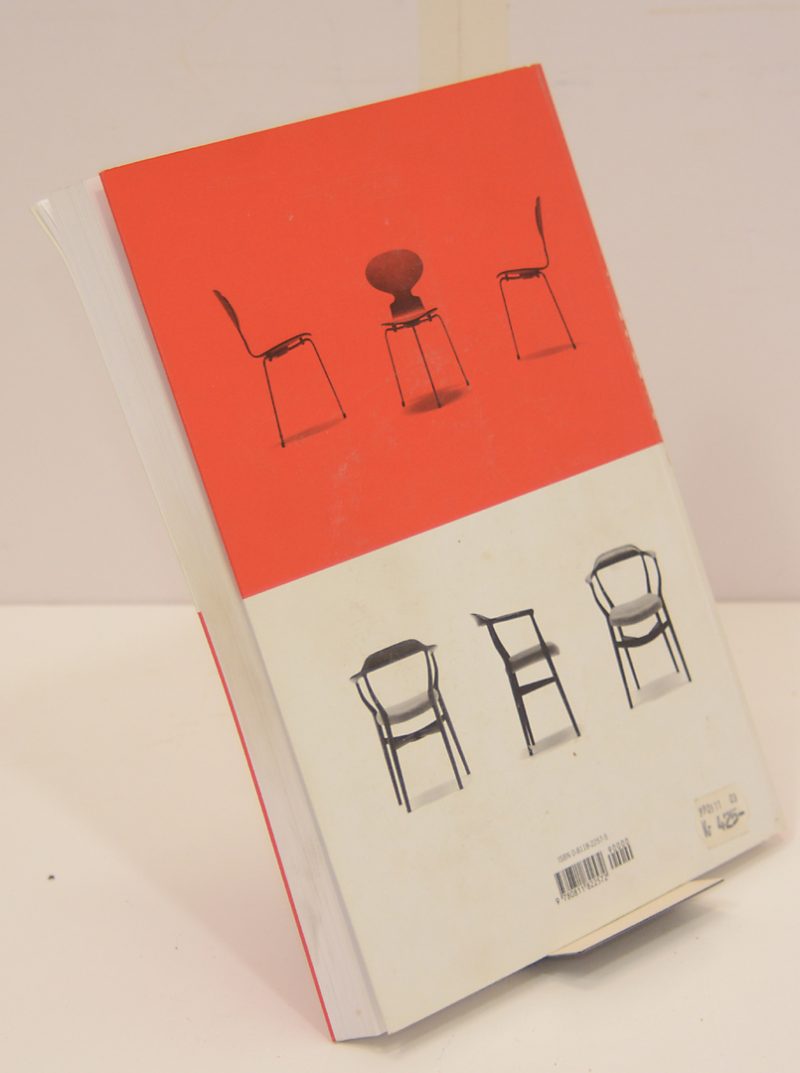Danish Chairs, Noritsugu Oda, 1999
Danish Chairs
224 pages, Paperback, Chronicle Books, San Francisco.
First published February 1, 1999.
Binding: Soft cover
Condition: Near Fine
Edition: 1st Edition
Asking USD$95.
MORE:
Chairs are often considered especially revealing of a designer’s skill because of the strict limits placed on their design by the demands of the human body. Danish Chairs is a comprehensive examination of dozens of chairs from the first three-quarters of this century. Each chair is illustrated with multiple photographs and sometimes by line drawings as well. In addition, biographical information is supplied for the designers listed. Although there is a short introductory essay on Danish furniture design and brief notes on each designer and their chairs, Japanese art professor Oda’s emphasis is visual.
Sitting on the Edge has a wider geographic range and includes some other furniture, but it is basically a look at how designers responded to 20th-century architecture through chair design. Published as an exhibition catalog, it uses colorful illustrations to depict both individual items and complete rooms in the home of the collecting couple, Michael and Gabrielle Boyd. A number of short essays by distinguished curator-authors discuss the role of design in modern life and explore the chair as an exemplar of design. Visually exciting, with good-quality printing, the volume is flawed only by unreadable chapter introductions printed over unseeable historical photos. Danish Chairs, as an intensive examination of a more limited area, will be of most interest to art and design libraries, while Sitting on the Edge will appeal to a broader spectrum of libraries. David McClelland, Philadelphia
Copyright 1999 Reed Business Information, Inc.
Reviews:
THE MODERNISM MAGAZINE
I.D. MAGAZINE
by Cara Greenberg
The greatest revelation ofDanish Chairs by Noritsugu Oda is that Arne Jacobsen and Hans Wegner were only the tip of the iceberg.
Great Danes in chair design were many and this book includes unfamiliar names like Helge Vestergaard Jensen, designer of an extraordinary 1955 nylon-cord “racket” chair, and Edvard and Tove Kindt-Larsen, prolific in Denmark from the 1930s through ’50s, but unknown in the U.S.; variants on familiar designs, like Poul Kjaerhom’s easy chair of 1971, a wooden-legged version of this more common steel-and-leather designs; and rarely-seen pieces by well-known designers such as Finn Juhl’s extravagantly shaped pelican chair of 1940.
A preface by Takako Murakami, elegantly translated from the Japanese, goes a long way toward explaining how the Japanese bring such a fresh and clear eye to the subject of chairs. Their fascination with the Western furniture form seem only natural when one considers that the chair made its appearance in Japan only forty years ago.
Oda, a professor of arts and crafts at Hokkaido University, documents the spare perfection of Danish chair design from the early twentieth century to the present decade in uniformly lit. 360-degree views of some 200 chairs, accompanied by the author’s schematic line drawings.
Why the Danes? Denmark in the twentieth century possessed all the necessary conditions for the development of excellence in furniture design, argues Murakami: “a far-reaching understanding of traditional woodworking and modern engineering techniques, the presence of highly trained craftspeople…the unparalleled creativity of its designers and their recognition of consumer’s needs and desires.” On perusingDanish Chairs, we can only marvel at a small nation’s consistency in producing cultural artifacts of such exceptional craftsmanship, beauty, and utility.
by Jonah Brucker-Cohen
There’s no mistaking the look of an early modern Danish chair: strong but spare architecture with elegant, organic curves. Mid-century Danish designers felt a moral obligation to improve the quality of the consumer’s life, and they did so through uncompromising craftsmanship. With diagrams and photos (most in black-and-white, but some in color), Oda gives a full 360-degree view of each chair, brief but often fascinating descriptions and a concise bio of every innovator whose work is included. The author’s passion for the material is obvious: It took him 12 years to take all the photos for this book, and the better part of a lifetime to collect the chairs.

